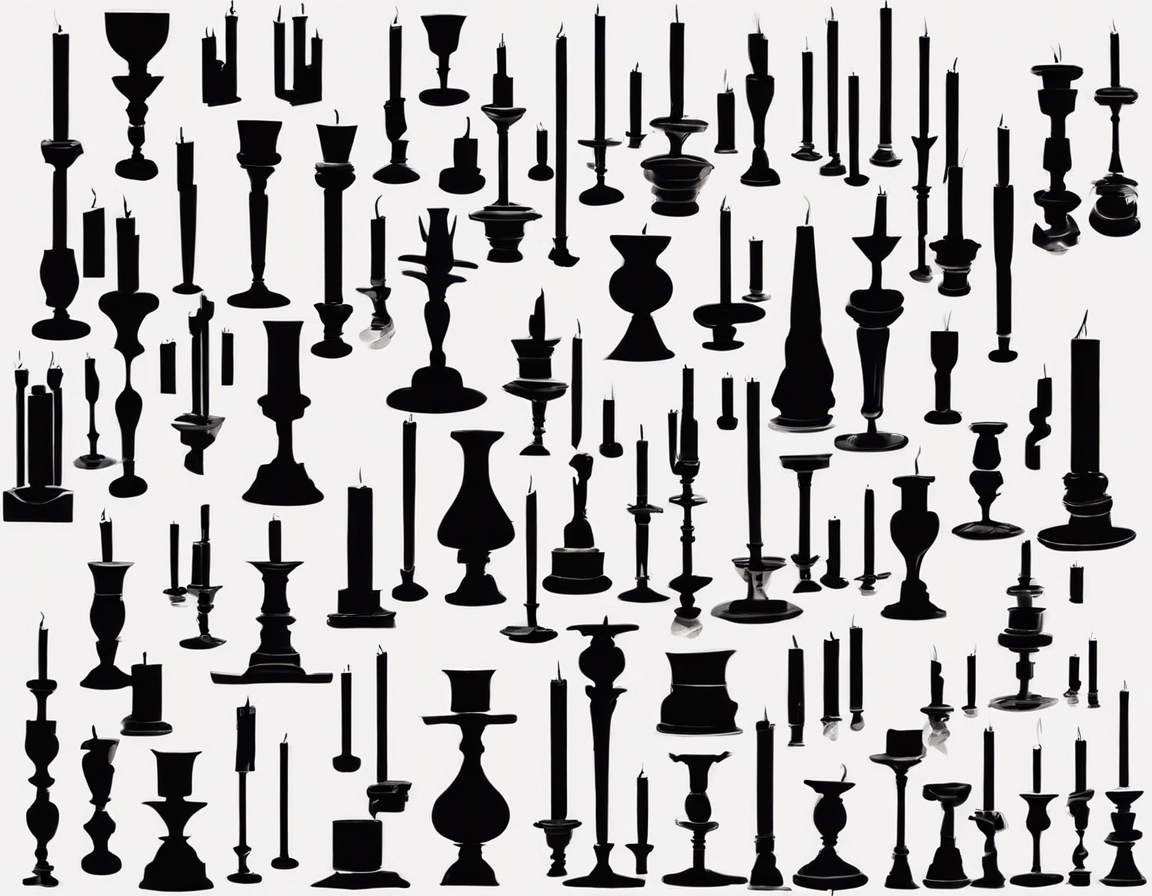Candlestick patterns are a popular form of technical analysis used by traders to predict future price movements based on historical market data. These patterns provide valuable insights into market sentiment and can help traders make informed decisions when buying or selling assets. In this comprehensive guide, we will delve into some of the key candlestick patterns that every trader should know, understand, and master to improve their trading skills and increase their chances of success.
Introduction to Candlestick Patterns
Candlestick patterns originated in Japan and have been used for centuries to analyze the price movements of rice. Today, they are widely used in various financial markets, including stocks, forex, cryptocurrencies, and commodities. Candlestick charts consist of individual candlesticks that represent a specific time period, such as 1 day, 1 hour, or 15 minutes. Each candlestick has a body and wicks, with the body indicating the opening and closing prices and the wicks showing the high and low prices during that period.
Top Candlestick Patterns
1. Doji
A Doji candlestick has the same opening and closing prices, or very close to each other, resulting in a small or non-existent body. This pattern indicates market indecision and can signal a potential reversal.
2. Hammer and Hanging Man
The Hammer and Hanging Man patterns have small bodies and long lower wicks, resembling a hammer or hanging man. The Hammer is a bullish reversal pattern, while the Hanging Man is a bearish reversal pattern.
3. Engulfing
The Engulfing pattern consists of two candlesticks where the body of the second candle completely engulfs the body of the first candle. A bullish engulfing pattern forms at the end of a downtrend, signaling a potential reversal to the upside, while a bearish engulfing pattern indicates a potential reversal to the downside.
4. Morning Star and Evening Star
The Morning Star is a bullish reversal pattern that consists of three candles: a long bearish candle, followed by a small-bodied candle or Doji, and then a bullish candle. The Evening Star is the bearish counterpart of the Morning Star.
5. Bullish and Bearish Harami
The Harami patterns are formed by two candlesticks, where the second candle has a smaller body than the first one and is contained within the range of the first candle. A Bullish Harami forms in a downtrend and indicates a potential reversal to the upside, while a Bearish Harami forms in an uptrend and signals a potential reversal to the downside.
6. Shooting Star and Inverted Hammer
The Shooting Star and Inverted Hammer patterns have small bodies and long upper wicks, resembling a shooting star or inverted hammer. The Shooting Star is a bearish reversal pattern, while the Inverted Hammer is a bullish reversal pattern.
Combination Patterns
1. Three Inside Up and Three Inside Down
The Three Inside Up pattern is a bullish reversal pattern that consists of three candles where the second candle is a bullish candle that engulfs the body of the first bearish candle. The Three Inside Down pattern is the bearish counterpart of the Three Inside Up.
2. Three White Soldiers and Three Black Crows
The Three White Soldiers pattern is a bullish reversal pattern formed by three consecutive long white (bullish) candles with higher closes. The Three Black Crows pattern is the bearish counterpart of the Three White Soldiers and consists of three consecutive long black (bearish) candles with lower closes.
3. Evening Star Doji
The Evening Star Doji is a bearish reversal pattern that combines the Evening Star and Doji patterns. It consists of three candles: a long bullish candle, a Doji or small-bodied candle, and a bearish candle that closes below the midpoint of the first candle.
FAQs (Frequently Asked Questions)
1. What are the most reliable candlestick patterns?
Some of the most reliable candlestick patterns include Engulfing, Morning Star, Evening Star, Hammer, and Shooting Star.
2. How can I use candlestick patterns in my trading strategy?
You can use candlestick patterns to identify potential entry and exit points, confirm trend reversals, and set stop-loss levels to manage risk.
3. Do candlestick patterns work in all financial markets?
Yes, candlestick patterns can be applied to various financial markets, including stocks, forex, cryptocurrencies, and commodities.
4. Can candlestick patterns predict future price movements accurately?
While candlestick patterns provide valuable insights into market sentiment, they are not foolproof and should be used in conjunction with other technical indicators and risk management strategies.
5. How can beginners learn to recognize and interpret candlestick patterns?
Beginners can start by studying the basic candlestick patterns, practicing identifying them on historical charts, and gradually incorporating them into their trading analysis.
In conclusion, mastering candlestick patterns can significantly enhance your trading skills and help you make better-informed decisions in the financial markets. By understanding the key candlestick patterns outlined in this guide and practicing their recognition and interpretation, you can gain a competitive edge and improve your trading success. Remember to combine candlestick patterns with other technical analysis tools and risk management strategies for a comprehensive trading approach.
